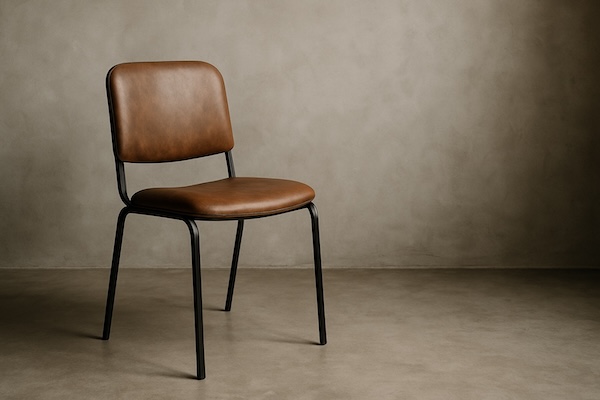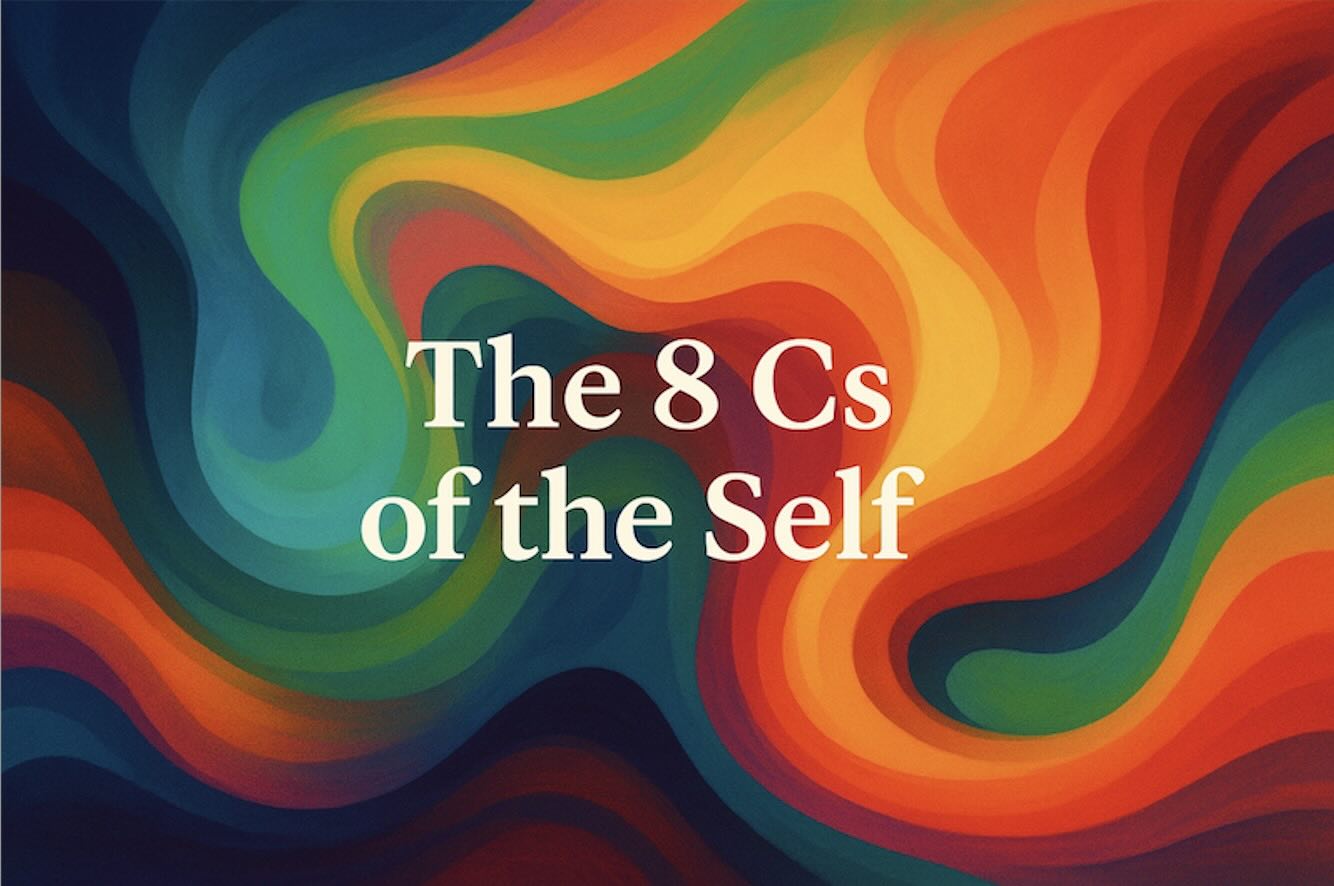The empty chair technique is one of the most powerful experiential tools used in psychotherapy and facilitation to resolve unfinished conversations, access deeper emotional layers, and integrate internal parts. It is one that I frequently used both in individual and group therapy, since it allows creating the space to connect with the complexity of emotions and thoughts that are not easily accessible through the integration conversation with the participant.
Although it may appear simple at first glance, guiding this process safely and effectively requires clarity, presence, and a well-structured approach. This guide offers students and beginning facilitators a step-by-step framework to conduct the empty chair exercise with confidence—maintaining emotional safety, fostering embodied awareness, and helping clients move toward meaningful transformation.
| Step | What you do | How to guide the process as a therapist |
| 1 | Listen and find the unfinished conversation | Start by listening carefully to the client: their needs, pain points, recurring situations, and important relationships. From this, help them identify a specific unfinished conversation or key inner dialogue (with another person, with themselves, with a symptom, with an emotion, etc.). |
| 2 | Clarify the objective of the empty chair | Together with the client, define a clear objective: for example, having an unfinished conversation, rehearsing a feared conversation, or giving voice to an inner part that never speaks. A clear goal will help you contain the process and recognize when the experiment has reached a natural closing point. |
| 3 | Propose and explain the experiment | Explain in simple language what the empty chair is, why it could help in their situation, and what might happen (intense emotions, insights, relief, resistance). Ask for explicit consent and emphasize that the client can pause, slow down, or stop at any time. This increases safety and a sense of control. |
| 4 | Ask for a physical description of what will sit in the chair | Before placing the chair, ask the client to describe who or what will sit there: physical appearance, posture, gestures, typical facial expressions, tone of voice, way of looking. If it is an inner part, invite them to imagine it as if it had a body. This makes the experience more concrete and embodied. |
| 5 | Position the chair(s) | Place the empty chair in the room and decide whether you will use one or several chairs, and at what distance. Distance is not neutral: a chair that is very close can intensify emotion; a more distant one can increase the sense of safety. You can ask: “At what distance would you like to have this person/part?” and adjust accordingly. |
| 6 | Invite the client to speak directly to the person/part | Ask the client to speak in the second person, as if the person or part were really sitting there: “Talk to them as if they were here right now. Say what you could never say.” Your role is to support, encourage authenticity, and help the speech stay connected and embodied, while you watch the rhythm and intensity. |
| 7 | Reflect non-verbal aspects and foster body awareness | While the client speaks, observe their body: posture, breathing, tension, gestures. Gently reflect back what you see, for example: “I notice your chest closes when you say that,” “Your hands tense up,” “You lean back when you talk to them.” This helps the client become aware of how they hold the conflict in their body. |
| 8 | Encourage emotional communication within the window of tolerance | Invite the client to speak not only from the head but from emotion. Reflect possible emotions (“I sense a lot of anger there,” “It seems there is sadness underneath”) and encourage them to express them more fully. Sometimes, suggesting a slight exaggeration of a gesture, posture, or tone can help emotion become more conscious. At the same time, watch their window of tolerance: if they become overwhelmed or dissociated, lower the intensity, introduce grounding or regulation, or suggest a pause. |
| 9 | Decide whether there will be a chair change (and why) | Consider whether it would be helpful for the client to change chairs and step into the perspective of the other person or part, answering from there. In other cases, it may be better to remain in the same chair. What matters is that the decision to change chairs has a clear purpose: listening from the other side, understanding their perspective, or setting boundaries from a new position. |
| 10 | If there is a chair change: give time to connect | If the client changes chairs, do not rush their response. Invite a brief silence: “Take a moment to feel what it is like to be in this person’s/part’s place. What do you notice in your body? What comes up?” This pause allows a more authentic response instead of a purely mental one. |
| 11 | If there is a chair change: summarise what was expressed | Before the client responds from the new position, briefly summarise what was said from the other chair, for example: “From the other chair you were told they felt very alone, not cared for, and hurt because you were not there.” This focuses the response and helps the client really feel the impact of what was heard. |
| 12 | Ask if there is anything else to express before closing | Before ending, ask if something important is still unsaid: “Is there anything else you need to say before we close this conversation?” This reduces the risk of leaving the experience feeling unfinished again and gives space for final nuances, goodbyes, or limits. |
| 13 | Anchor or symbolise the transformation | Mark the internal change in some tangible way so the experience does not remain only as an intense scene. You can invite the client to notice what has changed in their body and where; suggest moving the chair (closer, farther away, turned, removed from the space); or ask them to find an image, phrase, or gesture that symbolises the transformation. This consolidates the work and supports integration. |
| 14 | After the chair work: integrate with awareness questions | To finish, support integration with simple but deep questions, such as: “What have you realised during this exercise?”, “How do you feel now compared to before?”, “What would you like to take from this experience into your everyday life?” These questions connect the experiment with the broader therapeutic process and help the client give personal meaning to what happened. |
Be gentle, do it with intention and purpose, the empty chair is a useful tool that can connect deeply with a participant’s personal process and guide a group integration into a field of openness and trust.







